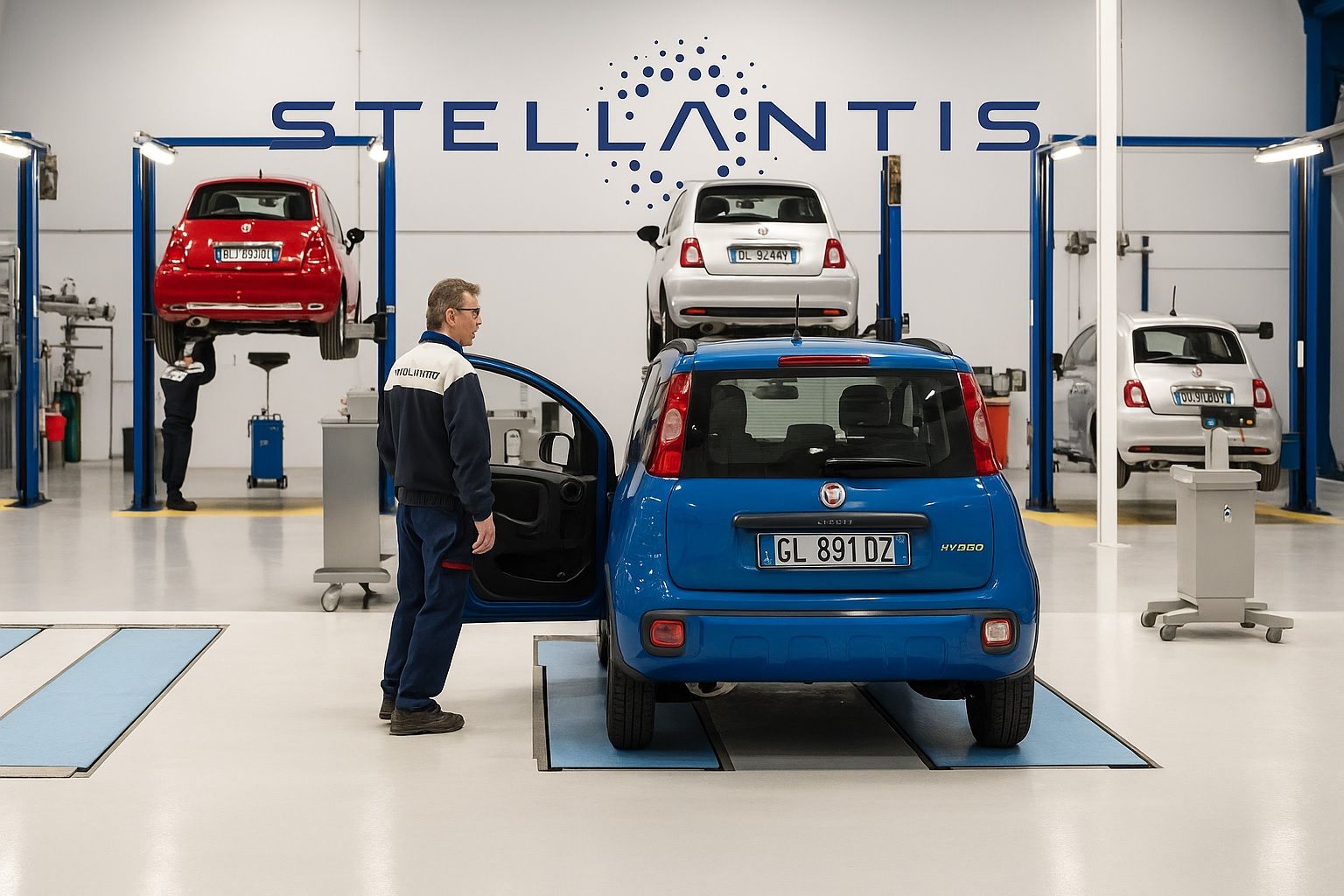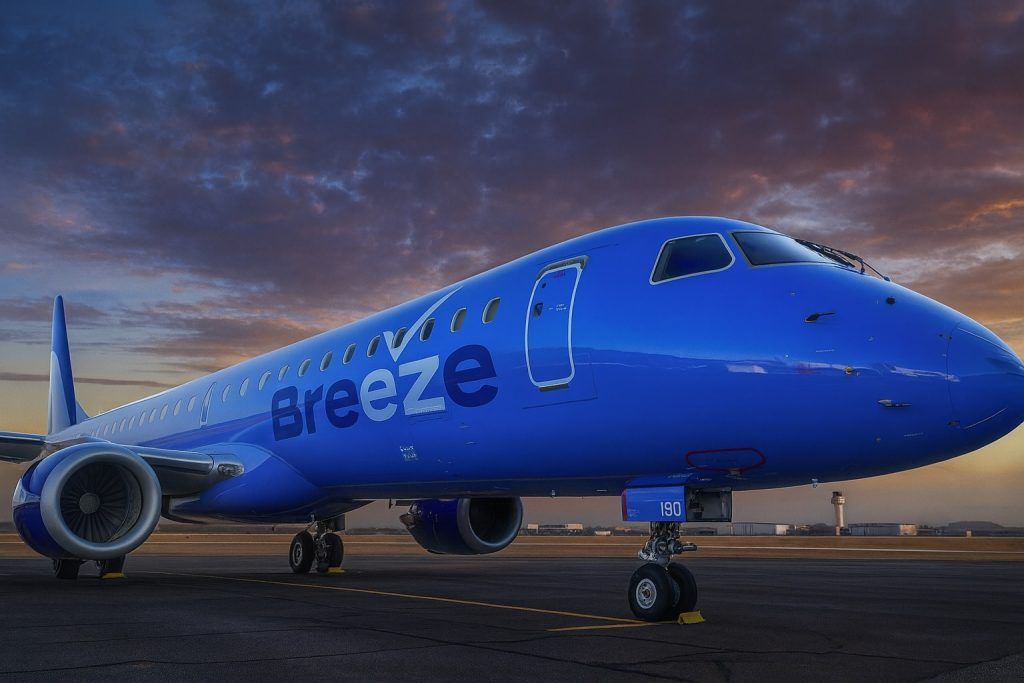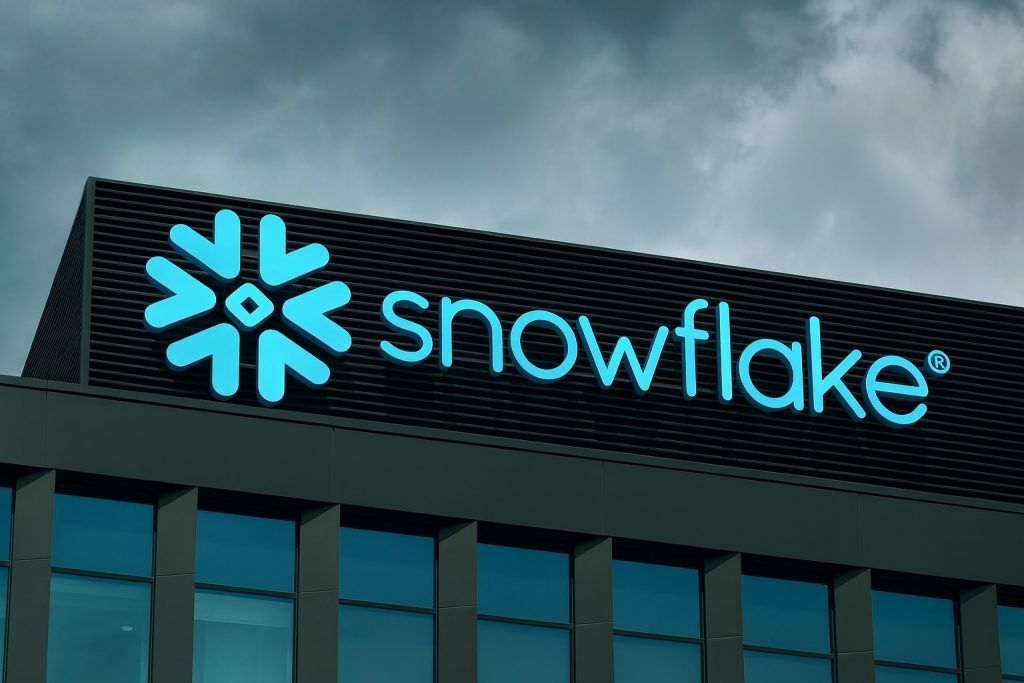- Record Investment in U.S.: Automaker Stellantis announced a $13 billion investment to expand manufacturing in the United States – the largest in the company’s history – launching 5 new models and adding 5,000 jobs at Midwestern factories [1]. The plan will reopen a shuttered plant in Belvidere, Illinois (closed in 2023) to build Jeep SUVs, creating about 3,300 jobs [2] [3].
- Jeep Production Leaves Canada: As part of the U.S. expansion, production of the Jeep Compass will shift from Canada to Illinois [4]. Stellantis had previously intended to build the Compass in Brampton, Ontario, but halted retooling there in early 2025 after U.S. tariffs were announced [5]. The Belvidere plant will now produce the Jeep Compass (and a revived Cherokee) starting in 2027 [6] [7].
- Canada Threatens Legal Action:Canadian officials erupted at Stellantis’s move, saying the company broke promises after receiving hefty government support. Industry Minister Mélanie Joly wrote to Stellantis’ CEO that anything short of its commitment to Canada “will be considered a default under our agreement,” warning Ottawa will “exercise all options, including legal” action if the company doesn’t comply [8] [9].
- Billions in Subsidies at Stake: Canada’s federal and Ontario governments together granted over C$1 billion (US$710M) in 2022 to modernize Stellantis’ Ontario plants for EV production, and later offered up to C$15 billion more for a new battery facility [10]. In return, Stellantis “promised to maintain its production mandate in Brampton” – a pledge now in question [11]. A 2023 labor deal with Canada’s autoworkers union Unifor also included pledges by Stellantis to boost Canadian investments [12].
- Furious Canadian Backlash:Prime Minister Mark Carney blasted Stellantis’ decision as a direct result of U.S. tariffs, vowing to work with the company on measures to protect affected workers [13]. Ontario Premier Doug Ford went further, angrily blaming “that guy, President Trump” for pressuring automakers to move north-of-border jobs south. “I’m sick and tired of rolling over. We need to fight back,” Ford said, urging Canada to retaliate with its own tariffs if diplomacy fails [14].
- Thousands of Canadian Jobs in Jeopardy: The Brampton assembly plant employed roughly 3,000 workers before it was idled, and the Jeep shift could imperil those jobs plus up to 10,000 more at parts suppliers in Ontario [15]. Unifor President Lana Payne accused Stellantis of betrayal, saying the company “must be compelled to live up to their commitments to Canadian workers” [16]. Workers in Brampton were stunned – they received a robocall this week confirming that the new model they’d been promised “wouldn’t be coming back” [17] [18].
- U.S. Unions Praise ‘Tariffs Bring Jobs’: In the U.S., the news was met with applause from labor leaders. UAW President Shawn Fain hailed Stellantis’ U.S. investment, saying it “proves that targeted auto tariffs can, in fact, bring back thousands of good union jobs to the U.S.” [19]. Reopening Belvidere – a flashpoint in earlier union talks – and filling idle American factory lines is “a welcome announcement for UAW workers,” added AutoForecast Solutions vice president Sam Fiorani [20].
- Tariffs Fuel Strategy: Stellantis’ CEO Antonio Filosa acknowledged that aggressive U.S. trade policies drove the shift. President Donald Trump’s new tariffs on Canadian imports – which Stellantis said would cost it around $1.7 billion in 2025 – have made localizing production more urgent [21]. “Tariffs are getting clearer and clearer,” Filosa noted, calling them “another variable of our business equation that we need to be ready to manage” [22]. About 40% of Stellantis vehicles sold in America are imported (from Canada or Mexico) and thus hit with a 25% U.S. tariff, squeezing margins [23]. Shifting Jeep output to Illinois is meant to buffer those trade costs and keep critical models in production despite trade barriers.
- Legal Showdown Looms: Ottawa is now weighing its options. Minister Joly’s stern letter indicates Canada may sue Stellantis for breach of agreement if the company doesn’t offset the loss of the Jeep line [24]. “Anything short of fulfilling that commitment” is unacceptable, she told Stellantis, after investing “millions of dollars” in the Brampton facility with expectations of a new model [25] [26]. Government officials argue Stellantis’ pullback undercuts Canada’s auto sector – the country’s second-largest export industry, directly employing 125,000 people [27]. Some fear a slippery slope: “If this bullying tactic works with Stellantis I expect it to be replicated with every other automaker in Canada,” warned Brampton Mayor Patrick Brown [28]. Automotive Parts Manufacturers’ Association chief Flavio Volpe echoed that concern, noting “hundreds of millions of dollars” invested in Canadian suppliers could be lost and urging Canada to push back “hard” lest other carmakers follow suit [29] [30].
- Stellantis Seeks to Soothe Canada: The company insists it is “investing in Canada” despite the Compass move [31]. Stellantis highlighted plans to add a third shift in Windsor, Ontario – boosting minivan production there – and hinted it has plans for the Brampton plant that will be shared after talks with the Canadian government [32]. In an email, Stellantis spokeswoman LouAnn Gosselin stressed, “Canada is very important to us. We have plans for Brampton and will share them upon further discussions with the Canadian government” [33]. Observers speculate Stellantis could repurpose the Brampton factory for a future electric vehicle or battery project to fulfill its commitments, given Canada’s sizable incentives for EV manufacturing [34] [35]. Whether such measures will satisfy Ottawa – and Brampton’s displaced workers – remains to be seen.
- Trade Deal Uncertainty: The clash comes as broader U.S.-Canada trade tensions escalate. Prime Minister Carney, who took office this year amid public anger over Trump’s trade war, has been striving to ease frictions ahead of a scheduled review of the US–Mexico–Canada Agreement (USMCA) next year [36]. Canadian negotiators have been in Washington seeking relief from tariffs on various sectors [37], but so far with little success. Carney warns that auto investments will remain at risk until there is clarity on the trade treaty’s future and tariff disputes are resolved [38]. With 75% of Canada’s exports going to the U.S., the stakes are high for Canada to preserve its manufacturing base [39]. Ford, Ontario’s premier, argues that only hard counter-tariffs will force a change: “That’s the only thing that this person understands,” he said of Trump, urging Ottawa to get tougher [40].
- High-Stakes Gamble and Outlook: For Stellantis, the $13B U.S. gambit is a bid to revive its flagging North American sales and adapt to a new trade reality. Filosa, who became CEO in June, made the U.S. market a “clear priority” after years of slumping sales and market share [41] [42]. By re-shoring production of key models, Stellantis hopes to save on tariff costs and avoid supply disruptions, while also appeasing U.S. political pressure to build more cars domestically. The plan has drawn praise for bolstering American jobs, but it also underscores the fragility of Canada’s auto sector in an era of economic nationalism. Analysts are divided: TD Cowen analysts see Stellantis’ timing as a sign of greater “tariff comfort,” believing the company is charting a path to mitigate trade costs and spur growth [43]. But Barclays cautioned that it “seems premature to fully re-engage” with Stellantis stock until there’s clearer visibility into its earnings recovery and cash flows [44]. Credit agency Moody’s just cut Stellantis’ outlook to negative, flagging weak performance and tariff headwinds, though it maintained the company’s investment-grade rating for now [45].
- Investor Reaction: News of the U.S. investment provided a brief boost to Stellantis’ stock. Shares of Stellantis N.V. (NYSE: STLA) jumped about 4% in after-hours trading on the announcement [46], reversing a dip earlier in the week. As of Oct. 15, Stellantis stock hovered near $10 – still down roughly 30% year-to-date amid broader challenges [47]. The company’s U.S. expansion plans did reassure some investors that it is tackling its tariff cost problem head-on. “This will help buffer the tariff impact,” UAW’s Fain said of the plan [48]. Still, uncertainty over trade policy and the upcoming strategic plan (now delayed to Q2 2026) keeps others cautious [49] [50].
- What’s Next:All eyes are on Stellantis and Canada to see how this rift is resolved. Stellantis says it will soon present plans to “make up” for the shifted Jeep production and preserve its footprint in Ontario [51]. The Canadian government, facing public pressure to defend auto jobs, has signaled it’s prepared to go to court or enact retaliatory measures if needed [52] [53]. The episode has become a test case for the future of North American auto manufacturing: whether decades of cross-border integration will give way to more “home-shoring” amid tariff wars, or if compromises can be reached to satisfy both U.S. economic goals and Canada’s industrial interests. As legal and trade showdowns loom, Stellantis’ $13B bet underscores the high stakes – for the company, its workers on both sides of the border, and the delicate balance of the U.S.-Canada economic alliance.
Sources: New York Times, Reuters, Wall Street Journal, Associated Press, TS2 [54] [55] [56] [57] [58] [59] [60] [61]
References
1. www.reuters.com, 2. www.reuters.com, 3. www.reuters.com, 4. www.reuters.com, 5. www.reuters.com, 6. www.jalopnik.com, 7. www.reuters.com, 8. www.reuters.com, 9. uk.marketscreener.com, 10. uk.marketscreener.com, 11. uk.marketscreener.com, 12. uk.marketscreener.com, 13. local12.com, 14. local12.com, 15. uk.marketscreener.com, 16. uk.marketscreener.com, 17. local12.com, 18. local12.com, 19. www.reuters.com, 20. www.reuters.com, 21. www.reuters.com, 22. www.reuters.com, 23. ts2.tech, 24. www.reuters.com, 25. local12.com, 26. local12.com, 27. local12.com, 28. local12.com, 29. uk.marketscreener.com, 30. uk.marketscreener.com, 31. www.reuters.com, 32. www.reuters.com, 33. www.reuters.com, 34. uk.marketscreener.com, 35. uk.marketscreener.com, 36. local12.com, 37. local12.com, 38. uk.marketscreener.com, 39. local12.com, 40. local12.com, 41. www.jalopnik.com, 42. www.jalopnik.com, 43. ts2.tech, 44. ts2.tech, 45. ts2.tech, 46. www.reuters.com, 47. ts2.tech, 48. www.reuters.com, 49. ts2.tech, 50. ts2.tech, 51. uk.marketscreener.com, 52. www.reuters.com, 53. local12.com, 54. www.reuters.com, 55. www.reuters.com, 56. uk.marketscreener.com, 57. local12.com, 58. uk.marketscreener.com, 59. www.reuters.com, 60. www.reuters.com, 61. ts2.tech










